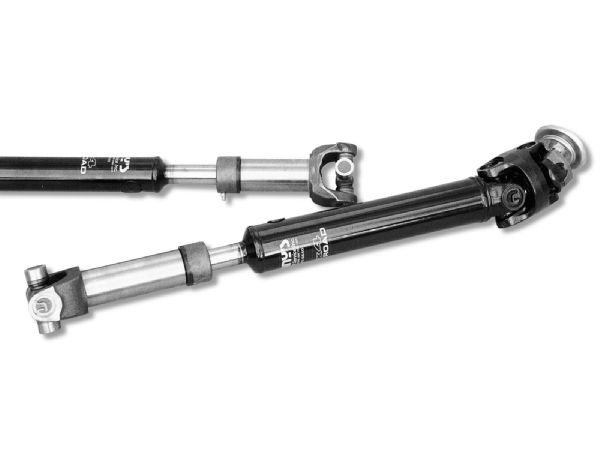
OK, we admit it-no one considers driveshafts when building the ultimate off-road machine. If you have two, you're in business, right? Wrong. Just like every other component of your 4x4, a little thought invested in your driveshafts can pay off with fewer future problems and better performance.

Denny Bringhurst of Denny's Drive Shaft Service reminded us of this when we called to order new shafts for an early Bronco and he responded with a barrage of questions: What's the truck used for? How much is it lifted? Are the axles rotated or are the pinion angles stock? Has the transfer case been lowered? How much travel do the front and rear suspension have? How's the exhaust clearance on the front shaft? "C'mon, Denny, we just need a couple of driveshafts." Yet he insisted on knowing the Bronco's specs so that he could build the best shafts possible for it, and here's what we learned through the process.
PhotosView Slideshow

